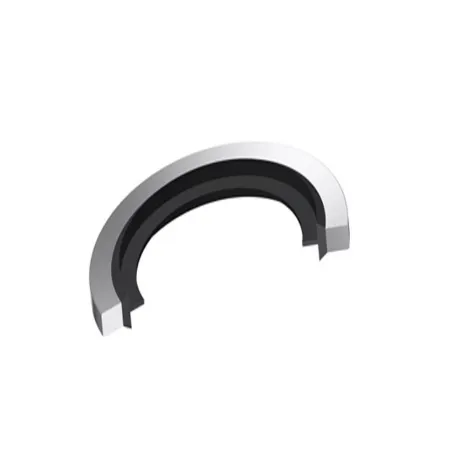Everything You Need to Know About Engine Oil Drain Plugs and Bolts
An engine oil drain plug plays a crucial role in the health and performance of your vehicle’s engine. Located at the bottom of the oil pan, this small but essential component allows used engine oil to be drained during routine oil changes. Though it may appear simple, a faulty or worn drain plug can lead to major problems like oil leaks, engine damage, or contamination.

The oil drain bolt, another common term for the same component, acts as a secure seal for the oil pan, keeping oil from leaking out while the engine is running. Most vehicles use either a hex-head or socket-style bolt, often with a crush washer or gasket to ensure a tight seal. This bolt must be removed and reinstalled every time you change your engine oil, which makes it subject to wear over time.
Also referred to as the oil pan drain plug, this part is typically made of steel or aluminum, but newer vehicles may use composite materials or even plastic, depending on manufacturer specifications.
Choosing the Right Oil Drain Bolt for Your Vehicle
Not all oil drain bolts are created equal. Size, thread pitch, material, and sealing method can vary based on vehicle make and model. Using the wrong plug can lead to stripped threads, oil leakage, or even damage to the oil pan.
Here’s what to consider when choosing a replacement:
Khoom siv: Steel is the most common, offering strength and durability. Aluminum is lighter and corrosion-resistant but can be softer and more prone to thread damage. Some newer engine oil drain plugs are made from high-strength plastic for weight savings and ease of use.
Thread Size and Pitch: Each vehicle requires a specific size. Mismatched threads can cross-thread the oil pan, leading to costly repairs.
Sealing Method: Many oil pan drain plugs use a crush washer or rubber gasket to ensure a leak-free seal. Replacing these washers during every oil change is critical. Some aftermarket plugs come with reusable O-rings for convenience.
Magnetic Tips: Some upgraded oil drain bolts include a magnetic tip that captures metal shavings in the oil, helping to protect the engine from premature wear.
Whether you’re doing a DIY oil change or having it serviced, always ensure the correct part is used and torqued to manufacturer specifications.
Maintenance Tips and Common Problems to Avoid
While the oil pan drain plug is a simple component, it’s still subject to several common issues that can lead to more serious engine problems if left unchecked.
Common Problems:
Overtightening: Applying too much torque can strip the threads of the oil pan, especially if it's aluminum. Always use a torque wrench and follow recommended settings.
Worn Threads: Repeated use can wear out both the plug and oil pan threads. If the plug doesn’t seat properly, replace it immediately.
Leaking Seals: A worn-out or missing washer or gasket can cause oil leaks. Always replace these during an oil change.
Stuck or Seized Plugs: Rust or debris can cause the plug to stick. If you have trouble removing it, use penetrating oil and proper tools rather than force.
Pro Tips:
Inspect the engine oil drain plug during each oil change for signs of wear or damage.
Keep a spare plug and crush washer on hand—especially for high-mileage vehicles.
Consider upgrading to a quick-drain valve if you frequently change your own oil. These eliminate the need to remove the oil drain bolt entirely.
Regular maintenance and mindful handling of your oil pan drain plug can save you money and headaches down the road. Even a small oil leak can eventually lead to engine overheating, performance issues, or complete engine failure.
The engine oil drain plug, or oil drain bolt, may seem like a small part of your vehicle, but it plays a critical role in keeping your engine running smoothly. Whether you're a DIY mechanic or just looking to understand more about your vehicle’s maintenance, knowing how to choose, inspect, and properly handle your oil pan drain plug will go a long way toward ensuring long-term engine health.
-
Seal 12x20x5: Precision Radial Shaft Seals for Industrial Reliability
Xov xwm Nov.24,2025
-
Seal 12x18x5: Essential Guide to Specifications, Applications & Vendors
Xov xwm Nov.24,2025
-
Understanding Seal 12 20 5: Applications, Specifications & Industry Insights
Xov xwm Nov.23,2025
-
Durable Oil Seal 85x110x12 – Reliable Sealing Solutions for Industry
Xov xwm Nov.23,2025
-
Durable and Precise Oil Seal 75x95x10 for Efficient Machinery | YJM Seal
Xov xwm Nov.22,2025
-
Durable Oil Seal 75x100x10 for Reliable Industrial Performance | YJM Seal
Xov xwm Nov.22,2025
-
High-Quality Oil Seal 65x90x10 | Durable & Reliable Sealing Solutions
Xov xwm Nov.22,2025
Cov khoom qeb















